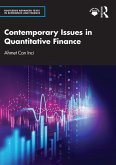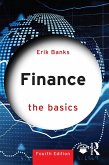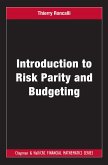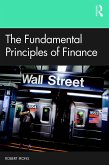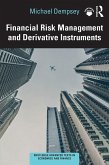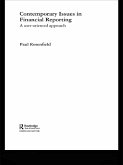The textbook opens with chapters on financial markets, global finance, and financial crises, setting the subject in its historical and international context. It then examines key topics in modern quantitative finance, including asset pricing, exchange-traded funds, Monte Carlo simulations, options, alternative investments, artificial intelligence, and big data analytics in finance. Complex theory is condensed to intuition, with appendices presenting advanced mathematical or statistical techniques. Each chapter offers Excel-based implementations, conceptual questions, quantitative problems, and a research project, giving students ample opportunity to develop their skills. Clear chapter objectives, summaries, and key terms also support student learning.
Digital supplements, including code and PowerPoint slides, are available for instructors. Assuming some prior financial education, this textbook is suited to upper-level undergraduate and postgraduate courses in quantitative finance, financial engineering, and derivatives.
Dieser Download kann aus rechtlichen Gründen nur mit Rechnungsadresse in A, B, BG, CY, CZ, D, DK, EW, E, FIN, F, GR, HR, H, IRL, I, LT, L, LR, M, NL, PL, P, R, S, SLO, SK ausgeliefert werden.



